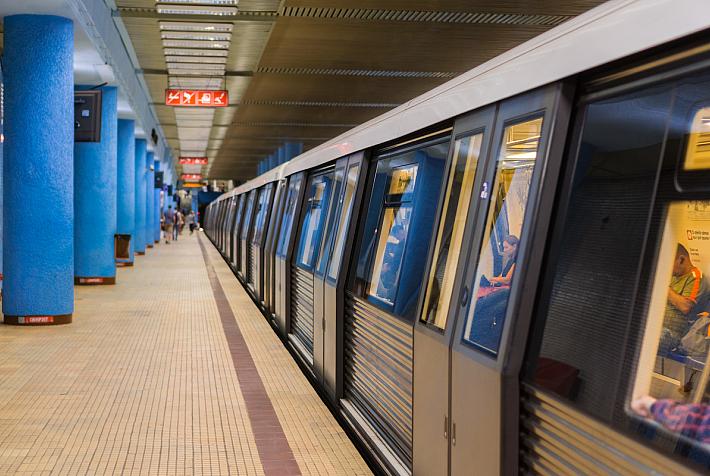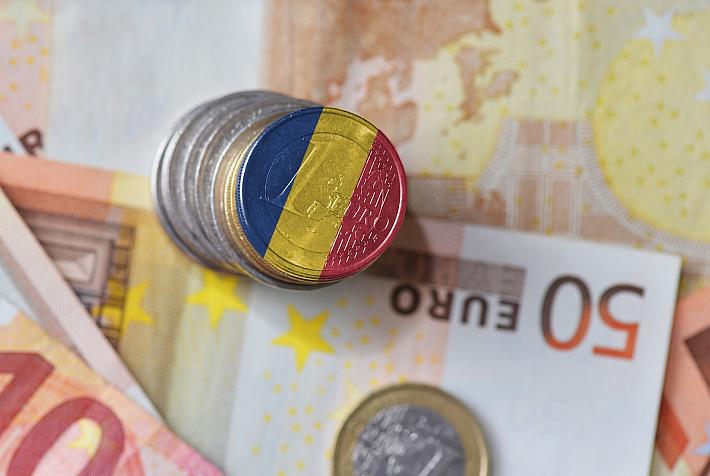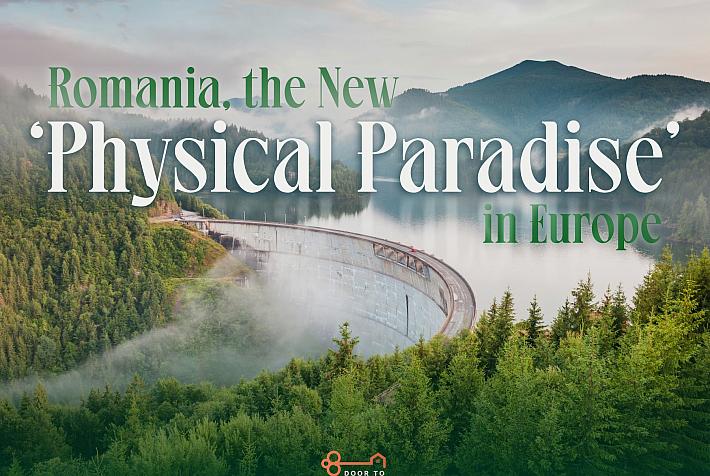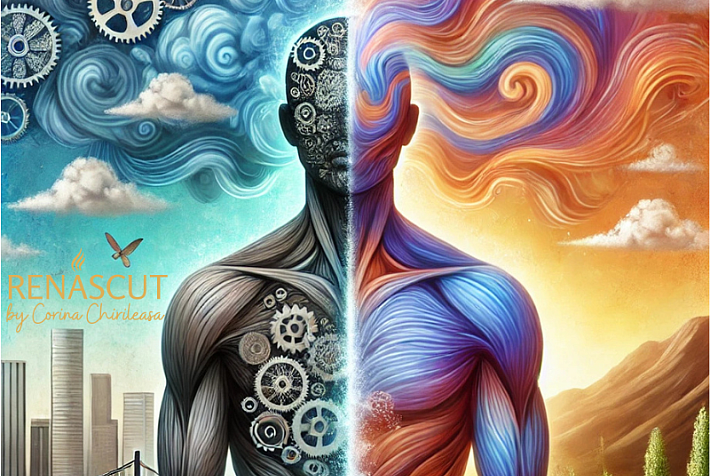Impressive Christmas traditions in Romania: the Bear's dance, the Goat, the Star, and drumming bands
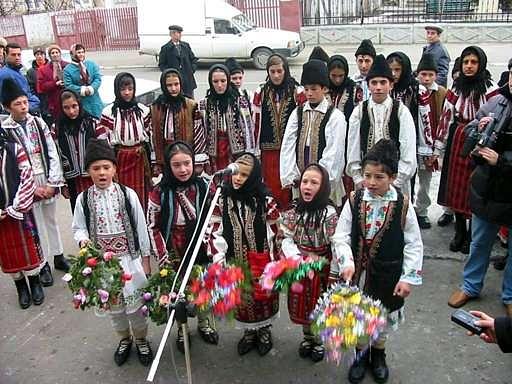
Carol singing is the rule on Christmas night in all of Romania’s regions. Traditions vary depending on the area, but the ritual of going from house to house and singing carols crosses everything through like a big red thread.
Nowadays, even in urban apartment blocks built during the Communist era, groups of small kids gather and go to their neighbors on Christmas night. They will sing carols and receive in return some money. Neighbors, however, sometimes decide not to open the door so they won’t have to spend money.
The ritual is better kept in Romanian villages.
In some villages in Transylvania, the first carol singers need to be groups of men, because they bring good luck. Girls need to wait for their turn.
In Bucovina, children initiate the carol singing around noon, on the day before Christmas. In the past, kids used to gather in small groups to ask for forgiveness one from another before going carol singing.
In some Transylvanian villages, the eldest member of the family needs to greet the carol singers with grains of wheat and maize. The next year’s harvest will be better if people will mix normal seeds with the grains of wheat touched by carol singers.
Decades ago, carol singers used to get presents like walnuts, apples, bread. Now people mostly get money.
Here are some of the most impressive Christmas traditions from various regions of Romania:
The Viflaim play - Maramures, north of Romania
In the Maramures area, in the north of Romania, teenagers and even grownups still dress up in Biblical clothes and take part in a theater play called Viflaim. It describes the birth of Jesus Christ. They rehearse several times in advance and perform the play on Christmas night.
However, the play is performed in fewer villages nowadays, as it requires many characters and a lot of preparation in advance. The characters include Joseph, Mary, the biblical king Herodias, the two shepherds, the three Magi from the East, sheep, angels and the devil.
The play combines pre-Christian ancient traditions with Christian legends. The masks are of heathen origin, and many of the characters represent good and evil spirits.
The name Viflaim comes from the old Romanian name of the Biblical city Bethlehem.
Capra - all regions of Romania, mostly Moldova
A man will dress up as a goat, called capra in Romania. He wears a multicolored costume and is accompanied by a group of singers during Christmas night. The goat will jump and dance, trying to scare the host.
The custom involves props, literary and musical texts and dance. The goat costume is made up of a wooden head, whose lower jaw bone is loose so it can clatter, and multicolored horns that are adorned with mirrors, beads, colored tassels and ribbons, bells and goat or rabbit fur. The costume’s body is made up of thick fabric. It can be made of wool, a carpet or goat fur. Its main function is to hide the one who is wearing it.
In some regions, the goat’s dance is performed on New Year’s Eve.
Star Carol - all regions
Groups of kids or young people will take the star with them when they go carol singing. The star is made of colored paper and often decorated with tinsel, silver foil and sometimes bells, and is put on a pole. In the middle of the star is a picture of baby Jesus.
The custom of carrying around the star relates to a Biblical story. The Star of Bethlehem also called the Christmas Star, revealed the birth of Jesus to the three Magi, and led them to Bethlehem.
Dubasi, drumming band - Banat area, the west of Romania
Young people sometimes combine carol singing with drumming in the Banat area, in the “Faget Country”. They go from door to door, or to the village’s church, wearing traditional costumes and playing the drums.
The group is normally made up of unmarried men, and it can also include saxophone and violin players. The group can be as large as 50 or 60 men. The word dubasi comes from the Romanian word dube that means drums.
The bear's dance - Moldova, Bucovina area
The bear custom is a pre-Christian tradition, mostly found in the Bucovina area. It has its origins in a pagan ritual of the Geto-Dacians ancient people that considered the bear a sacred animal.
The group is made up of young men disguised as bears, bear-leaders, plovers and drummers. Each of them is playing a role in the ritual. The ritual presents the bear’s death and rebirth, which symbolizes the new year that is about to come.
The custom is still popular in many places in the east of Romania. Groups of men and women sometimes travel across the country in the days before Christmas presenting their show in several villages and cities.
In many places in Moldova and Bucovina, the bear’s dance is one of the most popular holiday traditions. In some regions, such as Comanesti, near Bacau, people dress up in real bear skins. Their dance has become famous worldwide thanks to local photographers who have made this winter tradition known through their pictures.
Romania’s dancing bears featured in the New York Times, CNN
A tradition-filled December in Romania: Orthodox holidays, caroling season, pig slaughtering
If you know more Christmas traditions that show the local flavor of the holiday, please leave us a comment.
Diana Mesesan, diana@romania-insider.com







